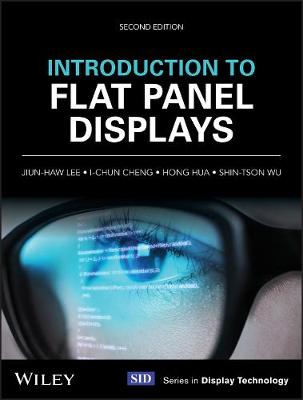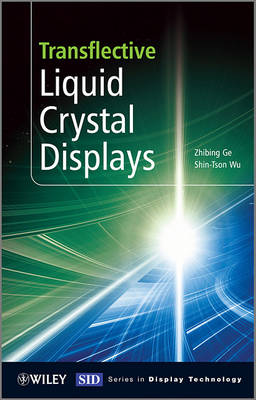Wiley Series in Display Technology
3 primary works
Book 11
Introduction to Microdisplays
by David Armitage, Ian Underwood, and Shin-Tson Wu
In particular this book: * Provides excellent reference material for the Microdisplay industry through including an overview of current applications alongside a guide to future developments in the field* Covers all current technologies and devices such as Silicon Wafer Backplane Technology, Liquid Crystal Devices, Micromechanical Devices, and the emerging area of Organic Light Emitting Diodes* Presents guidance on the design of applications of Microdisplays, including Microdisplays for defence and telecoms, from basic principles through to their performance limitations Introduction to Microdisplays is a thorough and comprehensive reference on this emerging topic. It is essential reading for display technology manufacturers, developers, and system integrators, as well as practising electrical engineers, physicists, chemists and specialists in the display field. Graduate students, researchers, and developers working in optics, material science, and telecommunications will also find this a valuable resource.
Book 20
Introduction to Flat Panel Displays, 2e
by Jiun-Haw Lee, I-Chun Cheng, Hong Hua, and Shin-Tson Wu
Introduction to Flat Panel Displays describes the fundamental physics and materials of major flat panel display technologies including LED, OLED, LCD, PDP and FED and reflective displays. A reference for graduate students and new entrants to the display industry, the book currently covers the basic science behind each display technology and gives solved problems and homework problems in each chapter to aid self-study.
With advancements in this field, there is enough change in the FPD industry to justify a second edition. This book offers the latest information on modern display technology and features new developments in OLED materials including phosphorescent, TTA, and TADF OLEDS, white light OLED and light extraction. It provides key information on blue phase, automotive lighting, quantum-dot enhanced LCDS, device configurations and performance, and LEDs, specifically nitrate-based. Application features include OLED for mobile, TV, light and flexible OLED, and reflective display specifically e-paper technology and low power consumption displays.
Book 24
* Describes the latest LCD technologies, such as polymer-sustained surface alignment technology, and the possible trends which could be applied to transflective LCDs in the future. Its focus on the fundamentals of transflective liquid crystal displays makes this an ideal graduate text, while display engineers, scientists, developers and technicians working with this technology will also welcome this resource.


